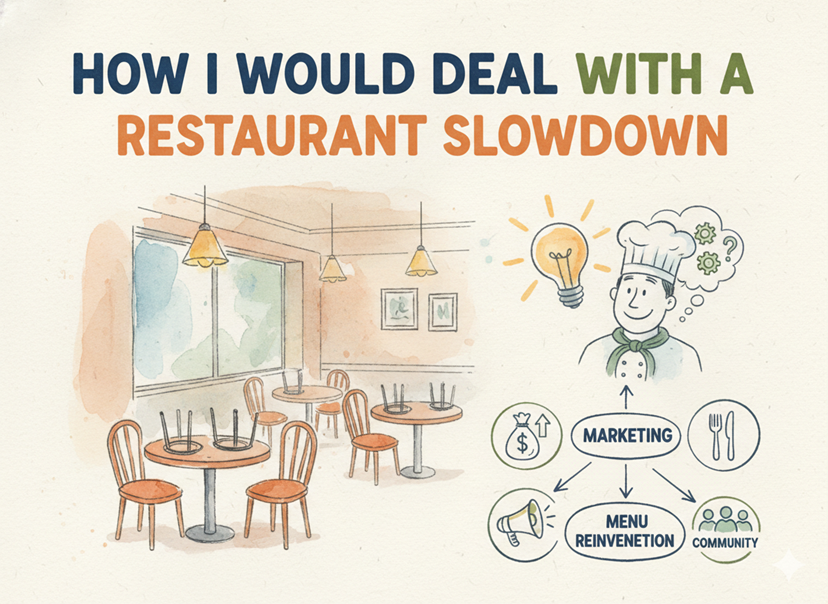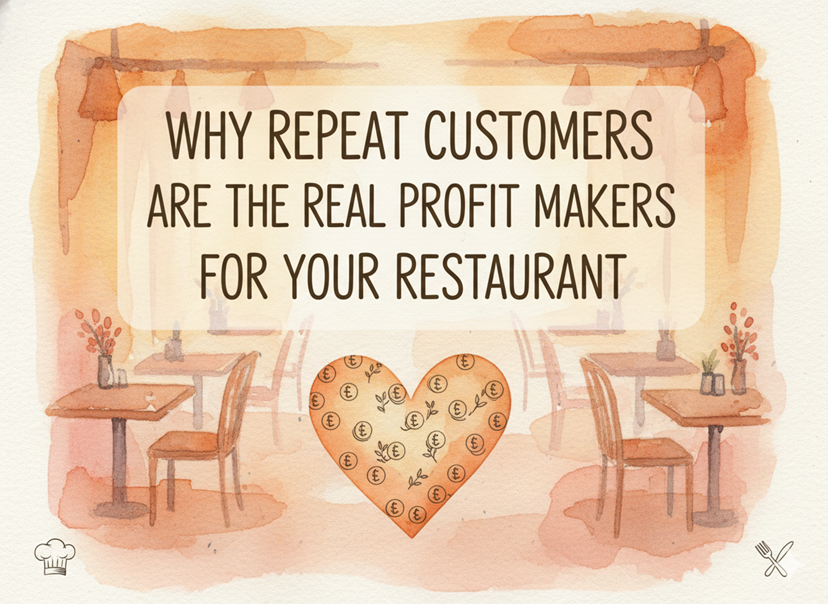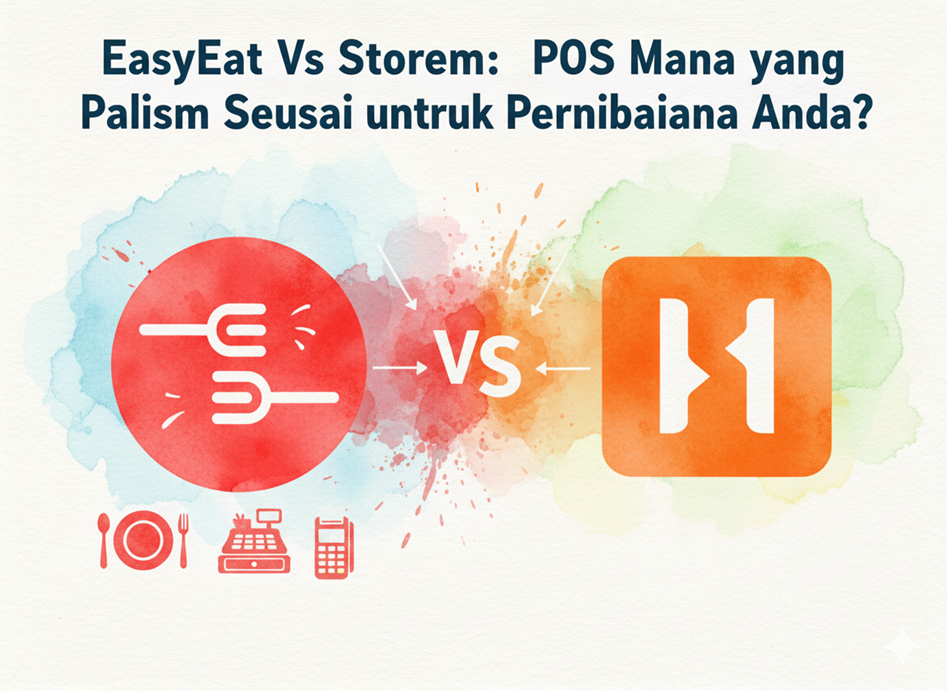Rising and unmanageable food costs can be those termites that eat away your profits. Imagine ordering ingredients at a very low price and then most of it getting wasted.
Managing food costs in a restaurant is essential for profitability. High food prices, wastage, and poor inventory management are common culprits. By using a good quality inventory management system you can reduce food costs in your restaurant.
In this blog, we’ll explore what factors drive up food costs, how technology can help you reduce them, and the steps you can take to stay competitive. From inventory management tips to smarter vendor negotiations, there’s a lot you can do to improve your bottom line.
Why does Food Cost Matter?
Food cost is crucial because it directly impacts your restaurant’s profitability. If food costs are too high, your profit margins shrink, and it becomes harder to stay competitive. For example, if you run a café and spend 45% of your revenue on ingredients, you have less left over for labor, rent, and other expenses. In contrast, a well-managed restaurant might spend 30-35% on food costs, giving them more room for profit or investment. Imagine you run a burger joint, and your burger costs you RM12 to make, but you’re only charging RM20. After accounting for labor and overhead, you barely break even. Managing food cost-effectively—by sourcing better deals or reducing waste—helps ensure your restaurant remains profitable without compromising on quality.
What Causes High Food Costs in Restaurants?
Several factors contribute to high food costs in a restaurant. Whether it’s ingredients, labor, or poor inventory management, these elements combine to make running a restaurant more expensive. Below are some of the main reasons your food cost in the restaurant might be higher than you’d like:
1. Rising Ingredient Prices
Supply chain disruptions, seasonal availability, and market demand can cause ingredient prices to increase suddenly. Political events or even bad weather can make certain foods more expensive to source. When you can’t predict these changes, it becomes harder to manage your costs.
2. Labor Costs
Higher minimum wages and employee benefits have driven up labor costs, which in turn affect overall food costs in the restaurant. If your employees are paid more, and you need more of them to run the kitchen and serve customers, your prices for ingredients must stay in check to balance the budget.
3. Inflation
Like all businesses, restaurants are affected by inflation. It drives up everything from rent to wages, and of course, ingredients. The higher these costs, the more you have to charge your customers. Without managing your food costs in the restaurant, inflation can eat away at your profits.
4. Poor Inventory Management
If you aren’t keeping track of what’s coming in and out of your inventory, you’re at risk of waste. Over-ordering leads to excess food that can spoil. When this happens, your food cost in the restaurant goes up unnecessarily, and your margins shrink.
5. Food Wastage
Food wastage is one of the biggest reasons behind high food cost in the restaurant. If you aren’t managing portions, storage, and preparation properly, you will end up throwing away ingredients. Wasting even small amounts of food regularly will make a big dent in your overall costs.
6. Improper Ordering
Ordering the wrong quantities of food is another common mistake. Ordering too much leads to waste, while ordering too little means you’ll have to make additional purchases at higher prices. Striking the right balance is essential for controlling your food cost in the restaurant.
These factors make it clear why keeping your food cost in the restaurant under control is challenging. However, by tackling these problems head-on, you can reduce your expenses.
How to Control Food Costs in Your Restaurant
1. Smart Ingredient Purchasing
One of the most significant parts of controlling food costs in the restaurant is managing how and when you buy ingredients. Ensure that you are purchasing the right quantities, negotiating with vendors, and getting the best price. A vendor management system can help streamline the process. By comparing prices across different suppliers and automating the ordering process, you can save both time and money.
Investing in food cost software like Food Market Hub allows you to message all your suppliers through one platform and track the market prices in real time. This helps you buy smarter, reducing waste and keeping your ingredient costs as low as possible.
2. Food Storage and Preparation
Proper food storage and preparation are critical in managing food costs in the restaurant. Store food properly to avoid spoilage, and make sure you’re using portion control when preparing dishes. If your kitchen staff is trained in these techniques, you’ll reduce wastage and improve efficiency.
Using a food cost management system can help you monitor stock levels and make sure you’re not over-prepping or wasting ingredients. Centralized systems also make it easier to track production at each of your outlets if you have more than one location.
3. Menu Planning and Pricing
Menu planning is another key part of controlling your food cost in the restaurant. Focus on offering dishes that are cost-effective but still appeal to customers. Using a food cost software can help you track ingredient costs and figure out which menu items are the most profitable.
Pricing your dishes correctly is vital. You need to strike the right balance between covering your costs and staying competitive. The average food cost for restaurants can vary depending on location and the type of cuisine, but keeping track of your costs with data-driven insights can help you adjust your pricing strategy as needed.
4. Managing Inventory Access
Another way to manage food costs in the restaurant is to train your staff properly. Employees need to understand the importance of portion control, proper food storage, and how to minimize waste. Additionally, training them to follow a standardized recipe can help reduce inconsistencies and keep your food costs predictable.
FMH ensures that only trustworthy employees have access to the inventory. You can set access levels using this. This helps in increasing security since only chefs or supervisors will have access to the inventory. This helps you deal with ingredient theft, which is another cause that east up the profits.
Managing your food cost in the restaurant might seem overwhelming, but with the right approach, it’s completely doable. From ingredient purchasing and proper storage to menu planning and staff training, there are plenty of ways to take control of your expenses.
Use modern tools like food cost software and inventory management systems to streamline your operations and get real-time insights into your spending. By controlling waste, optimizing orders, and using data-driven insights, you can reduce your food costs, boost your profits, and keep your restaurant thriving.
Start taking control of your food cost in the restaurant today, and watch how much easier it becomes to maintain a healthy bottom line.




